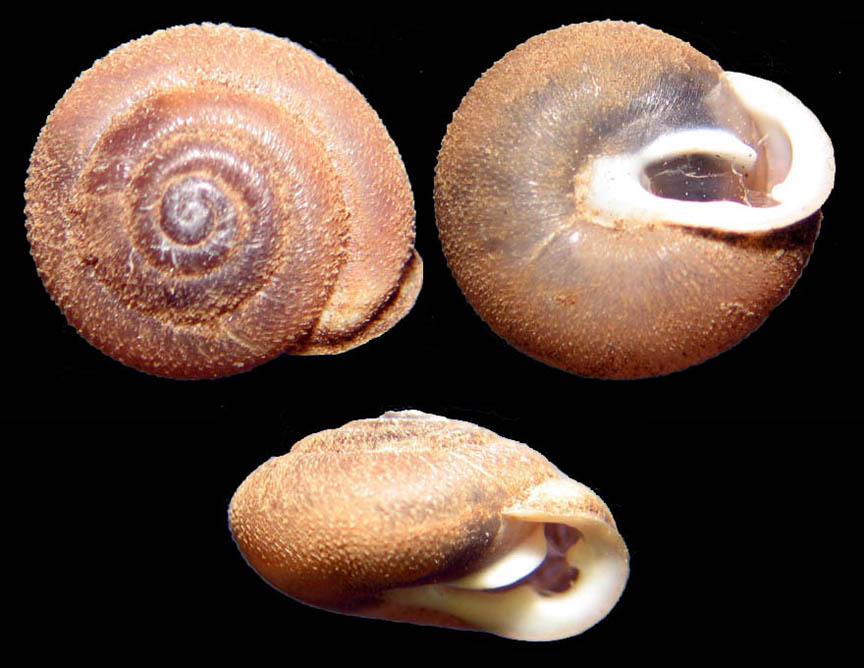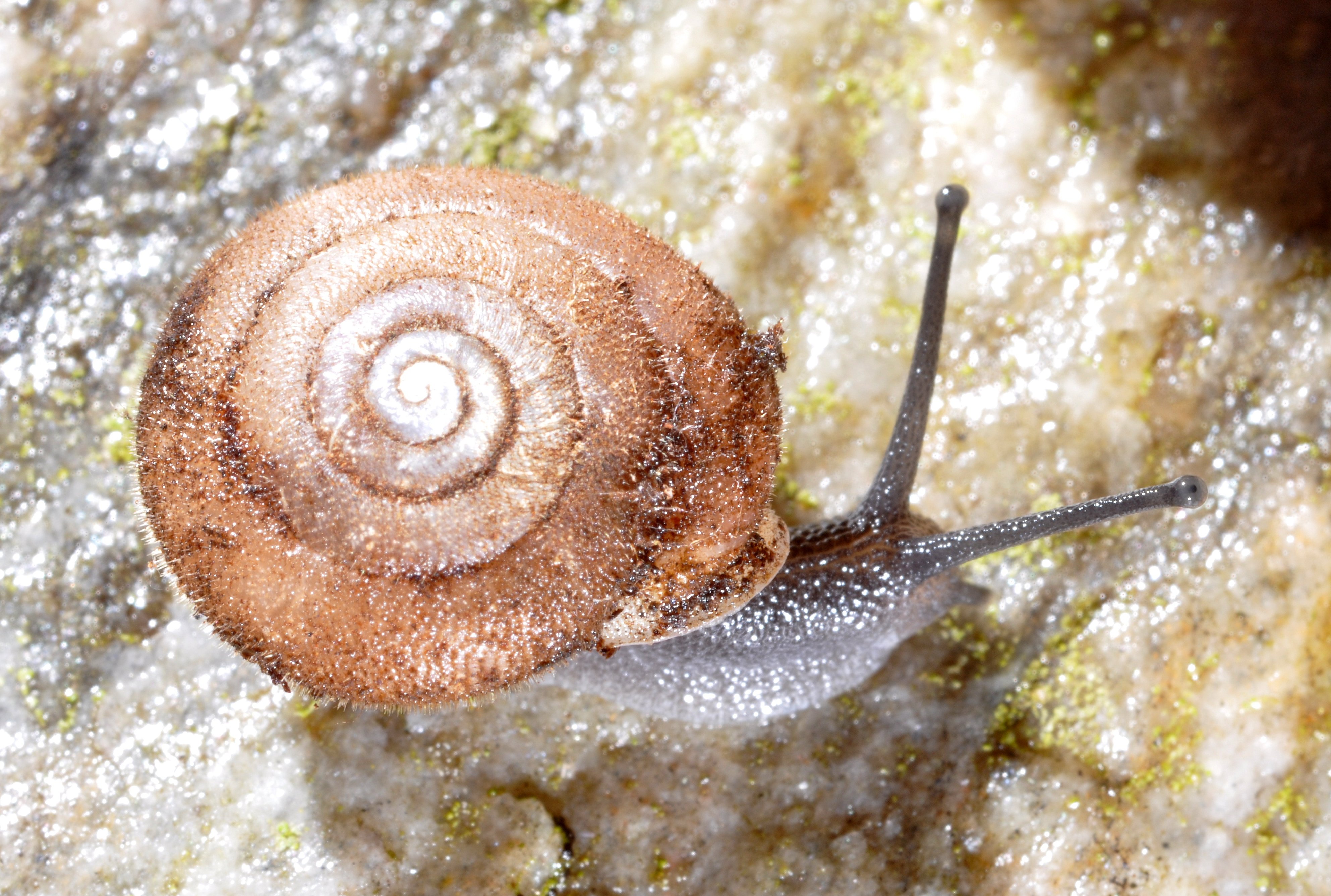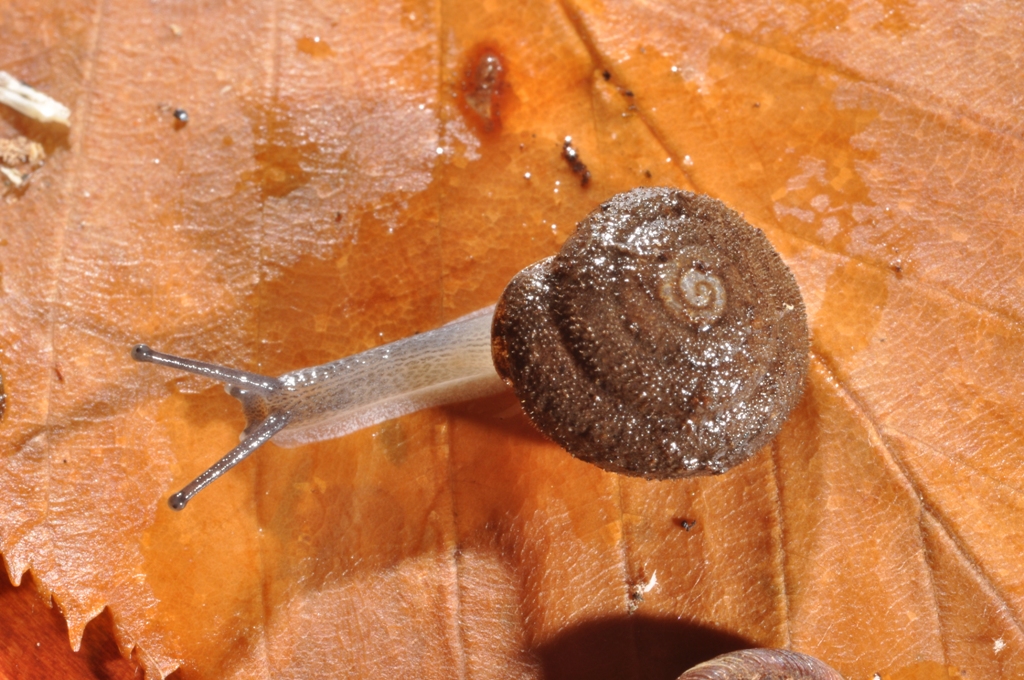Reproduction
Did you know snails hibernate in order to escape harsh conditions in the winter, and sometimes in the summer as well? (Bourquin, 2000).
Inflectarius edentatus is a snail that falls
under the Class Gastropoda. However, since there is not much
information regarding the specific species Inflectarius
edentatus, most of the information below is true for the
Gastropoda class in general. Most terrestrial snails are
hermaphrodites, which means they have both male and female
reproductive parts (Carnegie Museum of Natural History, 2005).
Therefore, Inflectarius edentatus can mate with anyone
within its own species (Carnegie Museum
of Natural History, 2005). Terrestrial gastropods
will usually not have a larval stage and will therefore hatch
into a juvenile adult, to undergo direct development (Carnegie
Museum of Natural History, 2005).
The age where snails are first able to reproduce varies, but it
can take up to three years for some (Myers, 2008). When
snails are mature, they begin mating in early summer (Myers
2008).The mating ritual of two snails will occur for about two
to twelve hours on average, using touching as their way of
courting (Carnegie Museum of Natural History, 2005). After
courting, they cover one another in slime they produce, then the
pair will fertilize their eggs in the other (Carnegie Museum of
Natural History, 2005). In order to mate, snails transfer their spermatophore to
another snail through their genital pores (Carnegie Museum of
Natural History, 2005). A snail can carry 100 eggs at once (BioExpedition,
2012). When the eggs are fertilized, they will
grow inside the snail (BioExpedition, 2012).
The eggs then become covered in a gelatinous mass produced in
the genital pore when they are ready to be deposited (Carnegie
Museum of Natural History, 2005). These eggs are deposited in
moist ground where there is plenty of shade, under the top
layers of soil so they can safely develop (Carnegie Museum of
Natural History, 2005). The average snail egg takes two to four
weeks to develop (BioExpedition, 2012). Their main goal is to
obtain calcium when they hatch, by eating their own egg or
another’s egg to get nutrients and help its shell harden for
protection. (BioExpedition, 2012). The snail’s shell will grow
with the snail for the rest of its life, and the shell it is
born will end up in the middle of it when it is fully grown
(Carnegie Museum of Natural History, 2005).
Land snails tend to mate every month as long as they live in
suitable conditions (BioExpedition, 2012). The most common
reasons for snail mortality are predators eating young snails
that are too slow to escape, or eggs getting washed away by rain and
sprinklers (BioExpedition, 2012). Terrestrial snails live about
5 to 10 years on average. (Myers, 2008).
